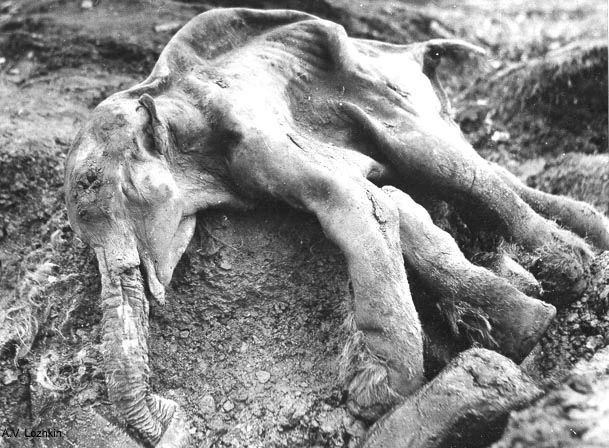
Dima: The Baby Mammoth
By Елизавета Осипова

04 Jun, 2024

It was June 23, 1977. Anatoly Logachev, a man of great curiosity, was digging the ground. The sun was setting, casting long shadows over the land.

Anatoly's shovel hit something. A hint of dark hair peeked through the dirt. Curiosity piqued, he carefully started to unearth the object.
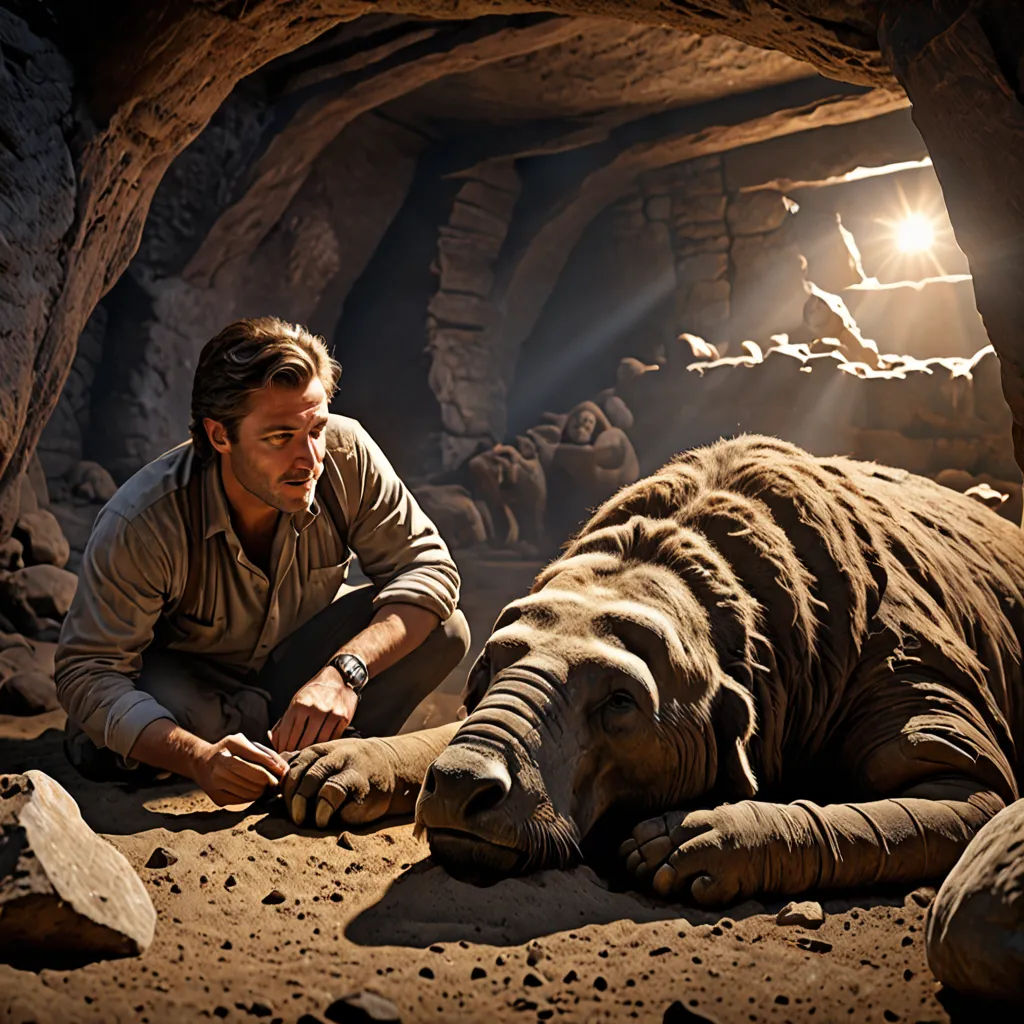
Anatoly's eyes widened as he uncovered more. It was a mummy of a baby mammoth, astonishingly well-preserved. He decided to name it Dima, after a nearby stream.

Anatoly wanted to preserve Dima. He carefully wrapped the mammoth mummy and transported it to a safer location. It was an archaeological goldmine.

The specialists were astonished by the discovery. Tests revealed that Dima died 40,000 years ago. His body held secrets of a time long past.
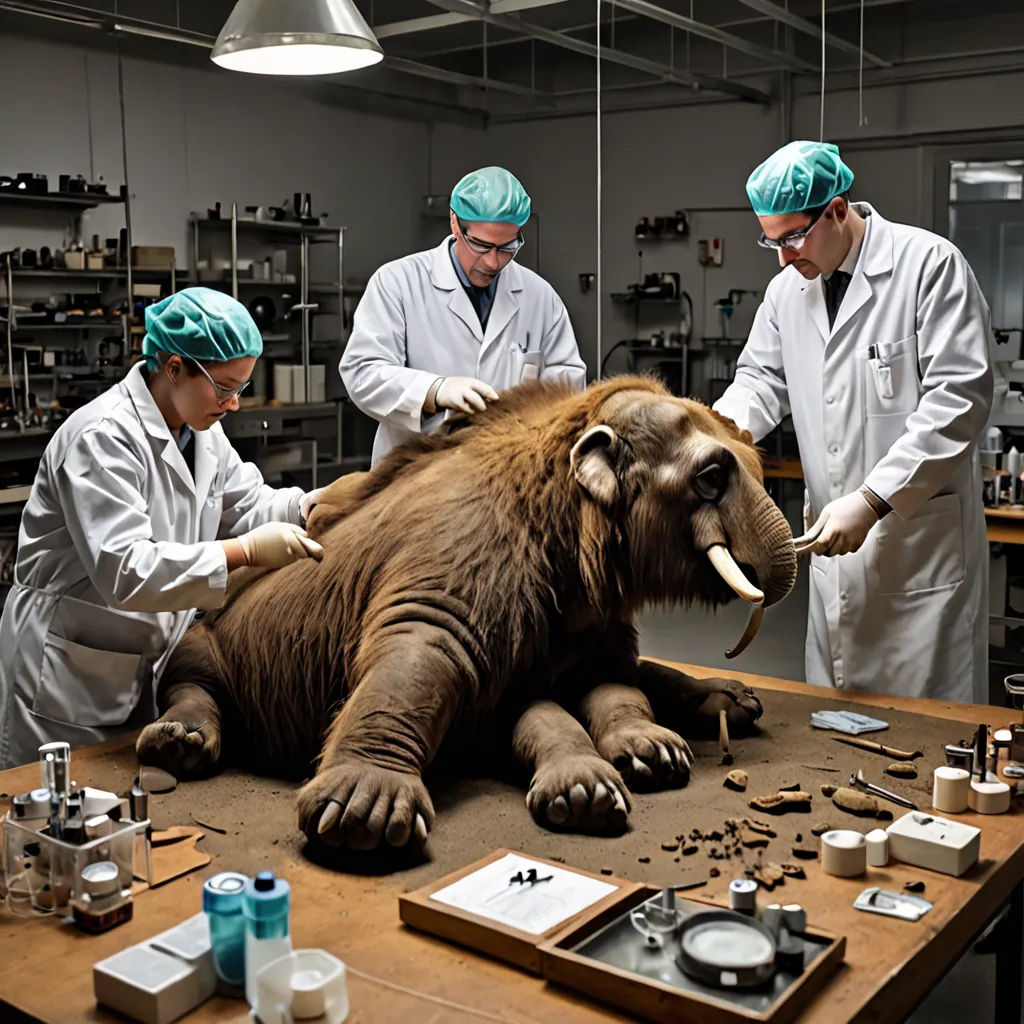
The scientists found traces of his mother's milk in Dima's stomach. They worked tirelessly, using different substances to preserve Dima's body for as long as they could.
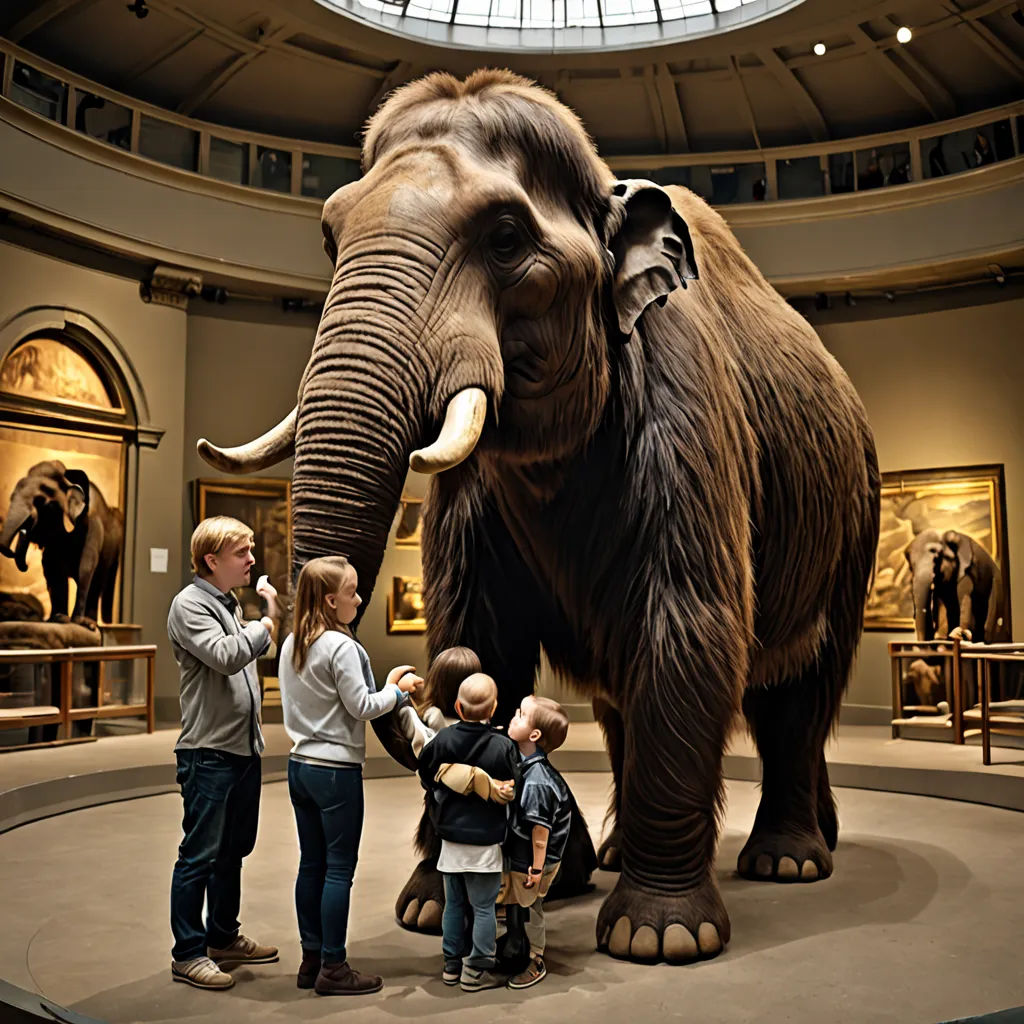
Word of Dima spread, and soon the baby mammoth became a sensation. His well-preserved body was put on display at the Zoological Museum in St. Petersburg.
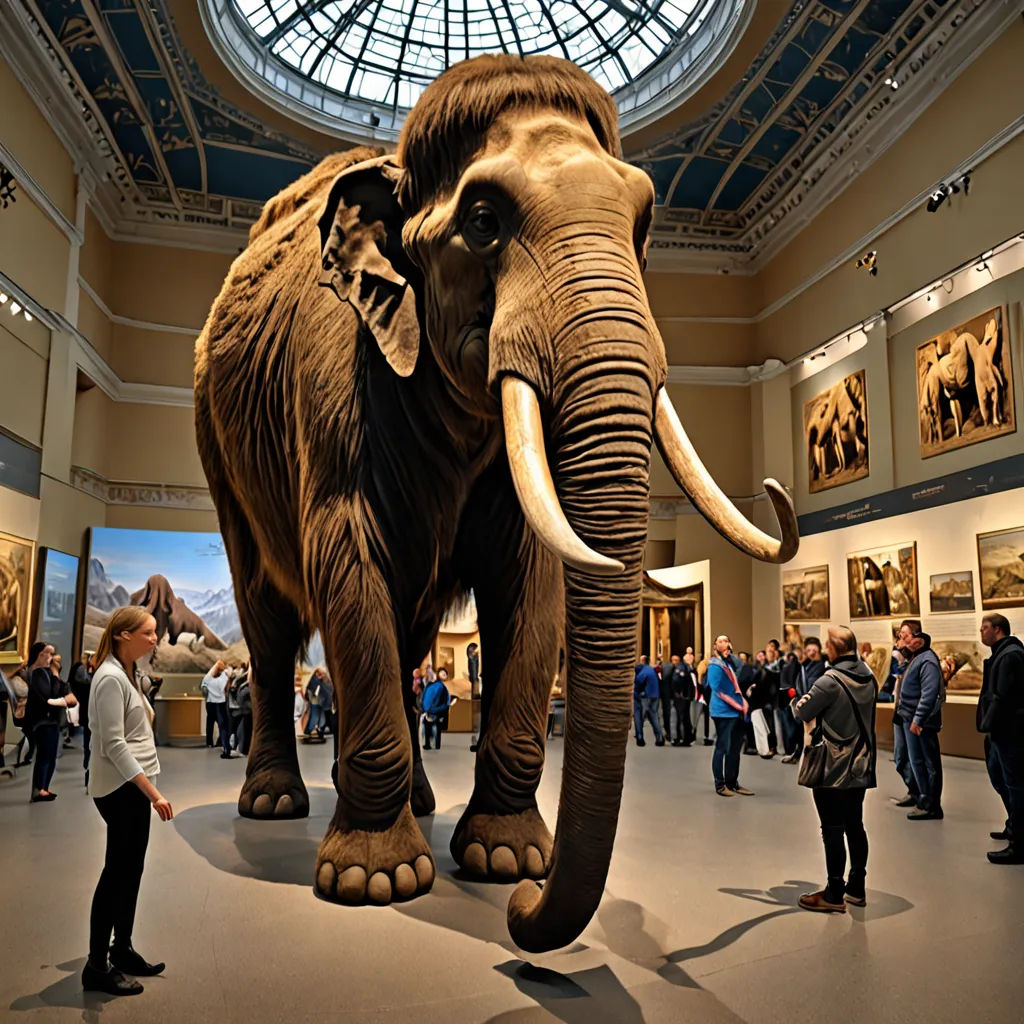
Visitors flocked to see the ancient creature. A monument was erected in Yakutsk in his honor. Dima had become a symbol of ancient life.
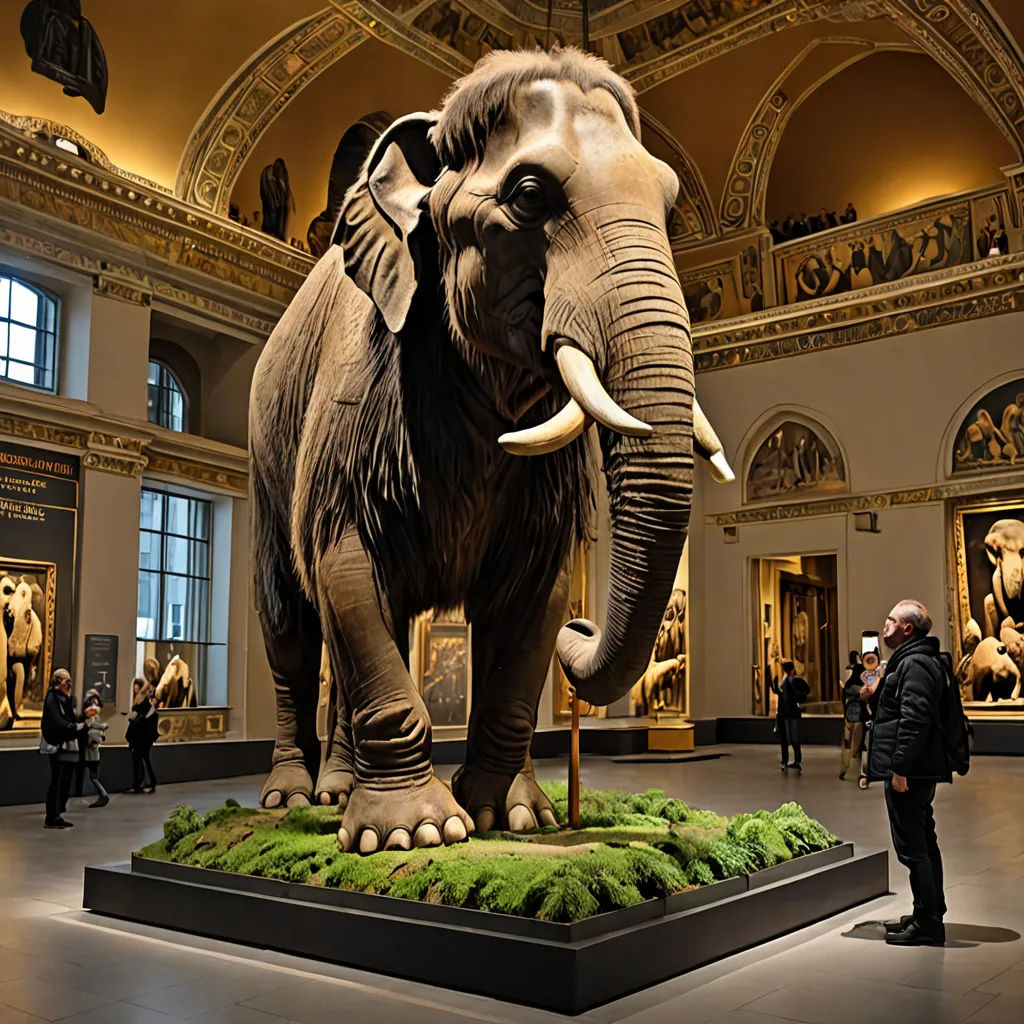
Dima's popularity led to replicas being displayed in other museums, such as the Orlov Paleonthological Museum in Moscow. The baby mammoth had captured the heart of the nation.
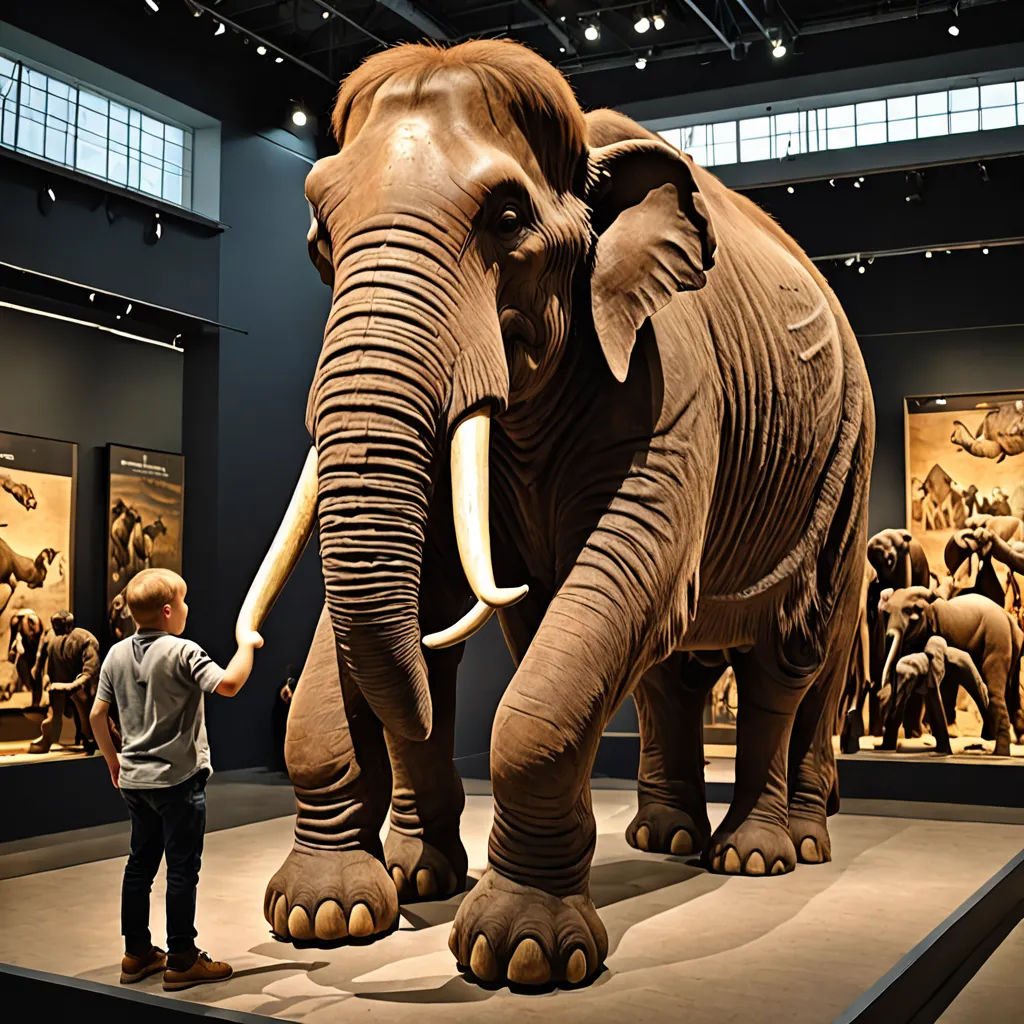
In 1984, a cartoon titled 'The Mum for the Mammoth' was released, inspired by Dima's discovery and preservation. Dima was now a part of popular culture.
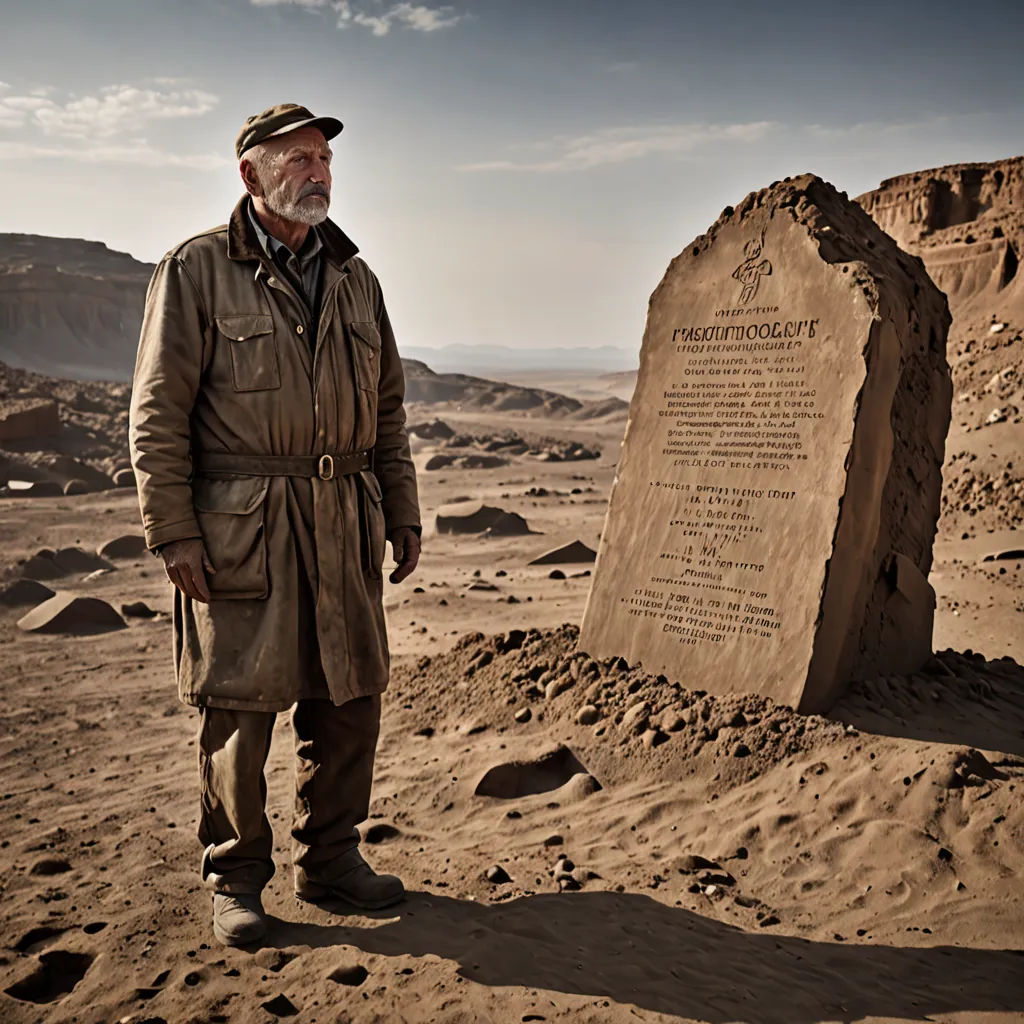
Anatoly Logachev, now known as the discoverer of Dima, often returned to the excavation site. He would remember the day when he unearthed a piece of history.
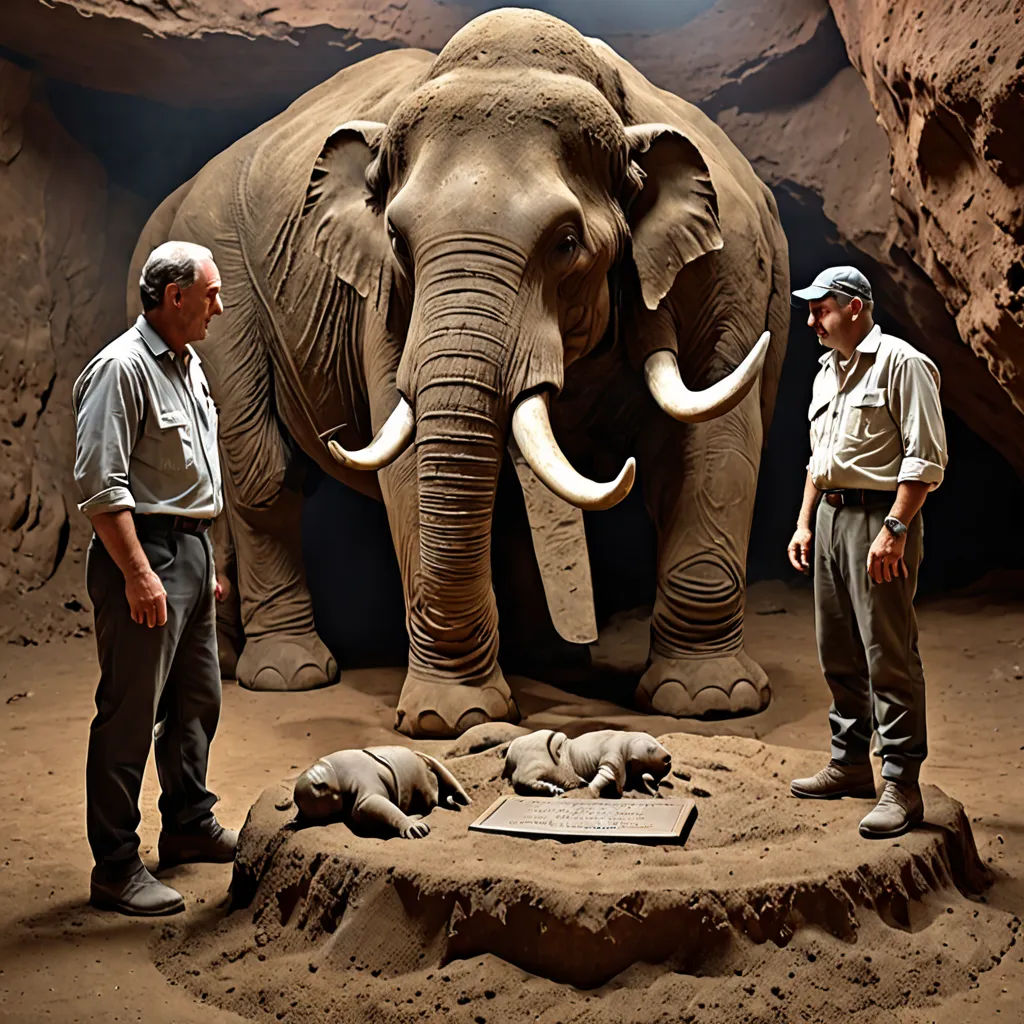
Time passed, but Dima remained a symbol of discovery and preservation. His story was a testament to the wonders that lay beneath the Earth, waiting to be discovered.